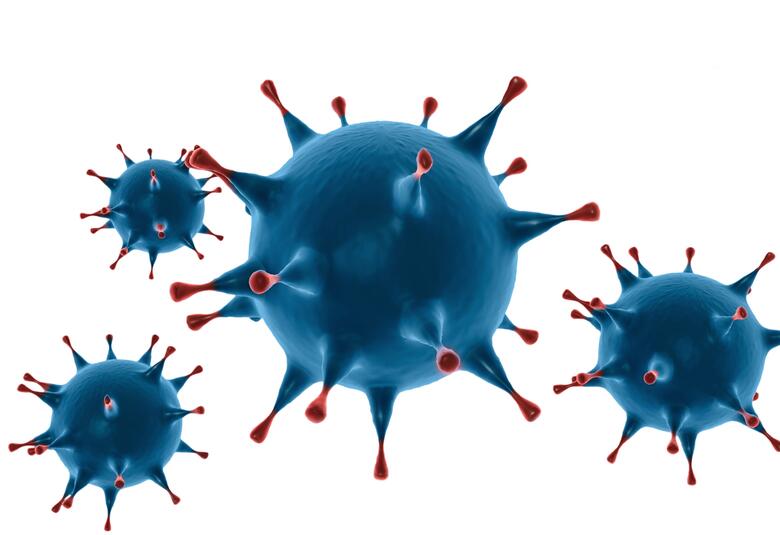Atypical antipsychotics are the mainstay of treatment for schizophrenia and a therapeutic option as an adjunctive treatment for patients with major depressive disorder (MDD) not responding to antidepressant treatment. However, patient quality of life and function are often adversely affected by side effects which may result from Dopamine D2 receptor antagonism. Experts from France and Germany highlighted the need for treatments at a packed educational symposium at CINP, and why Dopamine D2 receptor partial agonism might prove to be a valuable therapeutic option.
Dopamine D2 receptor partial agonists as an adjunctive treatment may improve outcomes for patients with MDD who do not respond to antidepressant treatment
We need new and better tolerated treatments for patients with MDD that do not respond to antidepressant treatment and also for patients with schizophrenia, said Philip Gorwood, Professor of Psychiatry, Sainte-Anne Hospital, Paris, France.
Both the efficacy and side effects of antipsychotic medications result from their antagonism of specific receptors such as the Dopamine D2, ɑ2-adrenergic, Histamine H1 , Muscarinic acetylcholine receptor M1, Serotonin 5-HT1A (partial agonism) and Serotonin 5-HT2A receptors, he explained.
For example, antagonism of the Dopamine D2 receptor has many positive aspects, including the reduction of psychotic symptoms, manic symptoms and aggression but has also been associated with extrapyramidal side effects, including akathisia and tardive dyskinesia, and increased prolactin levels.
Partial agonism of the Dopamine D2 receptor might therefore result in improved outcomes with a lower side effect burden. Partial agonists have the potential to stimulate different functional responses depending on their environment. In the presence of high levels of endogenous agonists, partial agonists can display antagonist-like properties by blocking access to the receptor. With low levels of endogenous agonist, a partial agonist will activate a functional response qualitatively similar to a full agonist.
The partial agonism may stabilize dopaminergic function and, consequently, may be less likely to induce side effects related to dopaminergic antagonism, such as extrapyramidal side effects, hyperprolactinemia and tardive dyskinesia.1
Antipsychotics are the mainstay of treatment for schizophrenia
Selecting a suitable treatment that effectively controls the symptoms of schizophrenia while minimizing distressing or harmful side effects can prove challenging
Antipsychotics are recommended for the short- and long-term treatment of schizophrenia, said Professor Gorwood, but patient quality of life and function are often adversely affected by residual symptoms, relapse, and side effects.
Among 1825 patients with psychosis, 77% experienced medication side effects, 61% said their daily life was impaired as a result, and 30% of patients rated the impairment as moderate or severe.2 In addition, the side effects are significantly associated with low adherence,3 and long-term side effects, including metabolic, endocrine and cardiac complications.4
Selecting suitable treatments for schizophrenia can therefore prove challenging for psychiatrists who need to choose an antipsychotic medication that effectively controls the symptoms of schizophrenia, while minimizing distressing or harmful side effects.5
Treatment of schizophrenia needs a rational approach with minimal tolerability issues to optimize patient function, said Professor Gorwood, and he highlighted that:
- the APA guidelines recommend choosing a medication that offers good clinical response without intolerable side effects6
- the NICE guidelines recommend regular monitoring of side effects based on the side-effect profile of the prescribed antipsychotic7
Professor Gorwood concluded that antipsychotics that minimize extrapyramidal side effects, cardiovascular risk, and activating and sedating adverse effects may therefore optimize the physical health and social functioning of patients with schizophrenia.
D2 partial agonist therapy for schizophrenia is effective and well tolerated
The side effects of antipsychotics can make it difficult to achieve the goals of therapy
Christoph Correll, Professor of Psychiatry and Molecular Medicine, Donald and Barbara Zucker School of Medicine at Hofstra/Northwell, NY, USA, and Professor of Child and Adolescent Psychiatry at the Charité Universitätsmedizin, Berlin, Germany, highlighted that the goals of antipsychotic treatment in schizophrenia include symptom resolution, maintenance of symptomatic efficacy, and improvement in functioning. However, he added, side effects can prevent achievement of these goals.
Professor Correll explained that D2 partial agonists – rather than D2 antagonists– might be valuable treatment options for the acute and maintenance treatment of schizophrenia because, compared with placebo, they:
- significantly improve symptoms of schizophrenia over 6 weeks8–10 and over 52 weeks11 using the Positive and Negative Syndrome Scale (PANSS)
- significantly increase the time to relapse12–14
- significantly improve function in the short term (up to 6 weeks) measured by the Personal and Social Performance (PSP) scale15–17
- significantly improve function in the long term (at week 52) measured using Global Assessment of Functioning (GAF)14 and PSP18
- are safe and well tolerated in the short19–21 and long term,12–14 with no significant effect on weight21 or laboratory parameters16,19




